My Maltese Falcon: A Day of Falconry
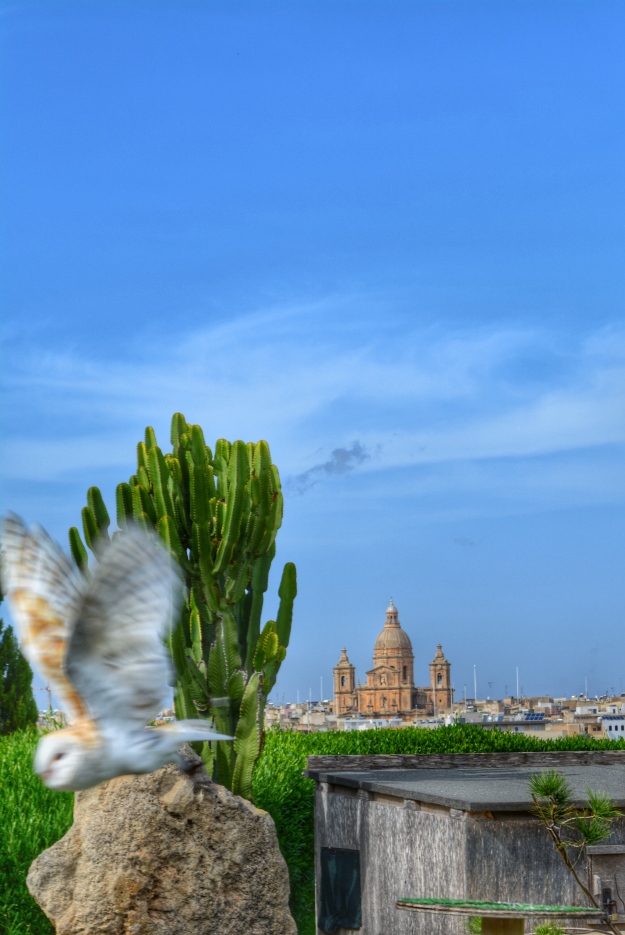
History of the Maltese Falcon
Even though the book may have garnered more fame, the Maltese Falcon has a major place in the country’s history. In the early 1500’s the King of Spain gave the island to the Knights of the Order of St. John of Jerusalem and because of that a yearly non monetary tax would be due to the King. The Knights then each year sent along a Peregrine Falcon, or a Maltese Falcon. The tradition of falconry itself goes even further with evidence dating back to 2,000 BC in Mesopotamia the use of hunting birds evolved into a sport for the wealthy nobles during Medieval Times. The Maltese had made the Peregrine Falcon famous but in fact they can be found almost everywhere on earth, the species covers the most landmass of any bird but by the 70’s, the birds were becoming endangered because of the use of DDT and pesticides, effecting the survival of the eggs and the population dangerously dwindled.
With conservation efforts and captive breeding programs, the Peregrine population has made a come back along with the rebirth of the ancient sport. To learn more about these amazing animals I spent the day at the Malta Falconry Centre, getting to experience these raptors up close and find out about other birds of prey.
I woke up early with excitement to head south from Sliema to Siggiewi by bus. The public transportation on the island is wonderful, I bought a weekly bus pass that takes you just about anywhere and the major hub, in Valletta, was not too far away. The small island shows the effects of overcrowding however and during rush hour, the buses are crowded with people and they putter along the small streets, navigating through all of the organized chaos. The facility is located just outside of the town of Sigiewi, so i knew I had quite the morning commute with 2 bus rides and a walk and I still ended up being late but the staff at the Centre was wonderfully accommodating.
And Whoooo are You?
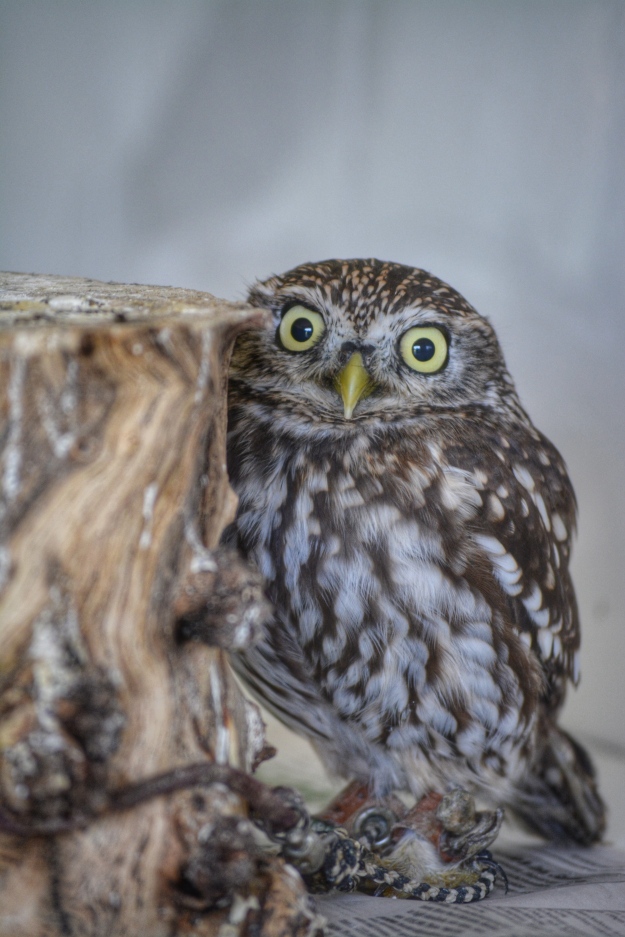


I have to admit, I came to see the Falcons, but by the end of the training day, the Owls really had stolen my heart. This little cutie above is just that, a Little Owl. Both the Little Owls at the Centre have adorable unique expressions, looking at you with their intense aureolin eyes. The pair have been raised by the owner, Doreen, from the moment they hatched and they have such affection for her, bobbing up and down when she enters the room, sitting patiently on their perches watching intently as we did the morning chores.
The first thing they do for morning work is weigh all of the birds they are currently flying. It is important to keep a record not only for health reasons, but for the sport itself. Falconry training is based on positive reinforcement with food and if the bird is too heavy it won’t be hungry and therefore it won’t be motivated to learn by receiving treats. Each species has an ideal flying weight for them to be healthy and competitive.
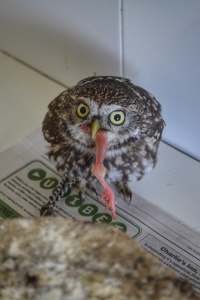


I learned, while wearing a glove, to kneel down next to the perch, release the rope and weave it in the safety position through my fingers. Once you place your hand alongside the perch the bird will hop on then we could take it to the scale to record their weight. As each of the birds were being weighed, I got to ask questions about the species and the sport, learn more about each of them as individuals (they all have such wonderful personalities) and the best part, hold them and pet them!
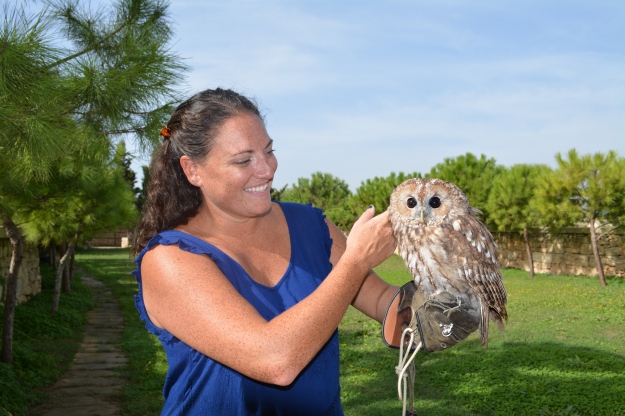


This sweet Tawny Owl may have been my favorite of the day, she is popular among the visitors because her fluffy appearance and sweet demeanor. We joked that she looks like an adorable little Furby, what do you think?
How are all of these owls awake during the day when we learned that they are nocturnal animals? These birds were bred in captivity when normally they hunt their prey at night in the wild, they are fed during daylight hours and therefore have adopted human sleep schedules.
Other nerdy owl facts, because I ask too many questions:
♦ Owls have several eyelids, for blinking, sleeping and keeping the eyes clean
♦ The facial disks on an Owl act as assistants to the ears, funneling in sound and the ear canals can be asymmetrical allowing them to pinpoint noises with extreme accuracy.
♦ Barn Owls can eat thousands of mice a year so they were welcomed visitors for farmers to keep rodents out of the barns, which is where the name originated.
♦ Bengal Owls, like the one shown here have little tufts that resemble ears but they are indicators of the birds mood and their placement can show signs of aggression as well as act as a camouflage. This one will hang onto you finger if you put it near it’s mouth like a little hug
The Mighty Falcon
After we were done playing with the Owls we weighed some of the Falcons and Harris Hawks. They are substantially heavier than the owls and once they place their talons on your hand the weight sinks your arm lower than expected.
Because I continue to ask too many questions:
♦ Many raptors fly solo and hunt alone, but the Harris Hawks will partner hunt in packs, making them very intelligent birds and popular for falconry. They are strong, agile hunters and will often catch small animals like rabbits. During the display the Centre demonstrates this with lure training, where the hawk will swoop down and chase a rabbit lure as practice. They communicate their position and hunting patterns to each other with their tails.
♦ Harris Hawks, like many birds of prey are dimorphic, meaning the females are bigger
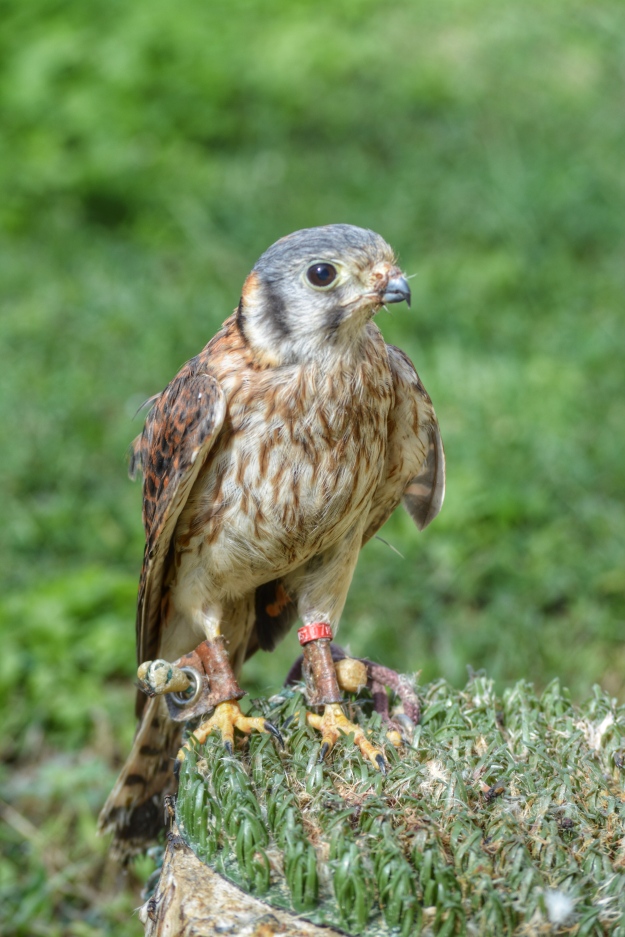


After all the birds had been weighed we got some “snacks” ready for one of the Barn Owls and one of the Harris Hawks to go fly in the afternoon. Their food varies, they try and provide a balanced, nutritious diet but today we were going with a little treat of 2 day old baby male chicks, separating their bodies and feet into smaller pieces so they birds don’t get full, this task is not for a weak stomach.
Then, for the best part of the day, the flying.
I felt just like Harry Potter! In fact, the two Barn Owls at the Centre are named Harry and Potter. The birds are so well trained and it was a lot less complicated than I had thought it would be. You raise your arm and move it in an outward motion the bird will take off and fly really wherever it wants, the large yard is full of perch stands, roofs, ledges and little resting spots they can choose from. Turning slightly away, I reached into the pouch and pulled out a “chicken nugget” and placed it between my thumb and pointer finger. Gently tapping the glove and sometimes letting out a whistle, the bird will coming soaring towards you, landing on your gloved arm, gripping your finger and reaching down for it’s reward.
It was amazing to witness how quiet the Owls moved as they effortlessly glided in the air. They have fringed feathers which means they are virtually silent stalkers of their prey, making them talented hunters.
I got to learn a little trick which I think may be the highlight of the afternoon. It involved having the Harris Hawk fly to a perch far away and then on a whistled command she comes flying full speed towards you. At that moment you throw a large piece of food into the air and she swoops up and catches it. In this short clip of the trick, I think you can tell how exhilarating it was by the look on my face at the end, all smiles.
I got a tour of the rest of the Centre, getting to see the Bald Eagle, Steppe Eagle, Vultures and other larger birds before saying farewell to my new feathered friends.
A huge thank you to Malta Falconry Centre for providing such a fun, informative and unique experience. You can tell how much they really love their birds and it shows when the birds interact with the staff with such happiness.
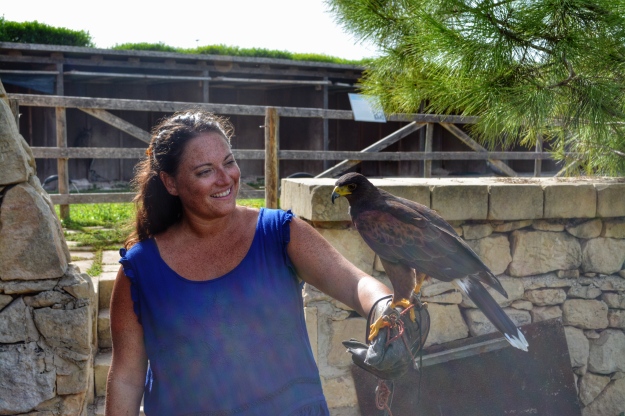
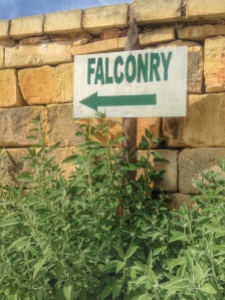
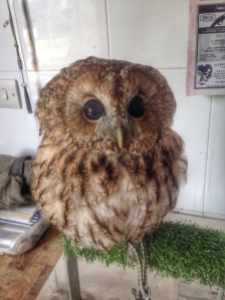
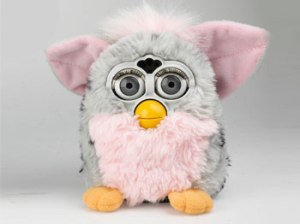
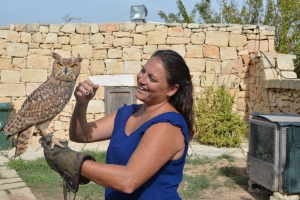
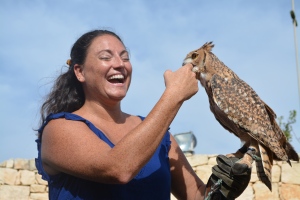
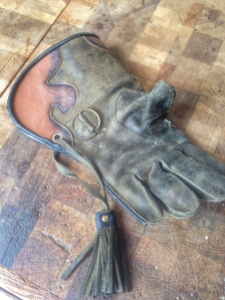
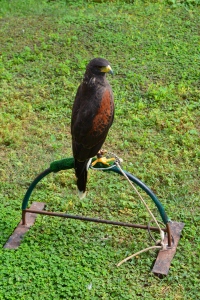
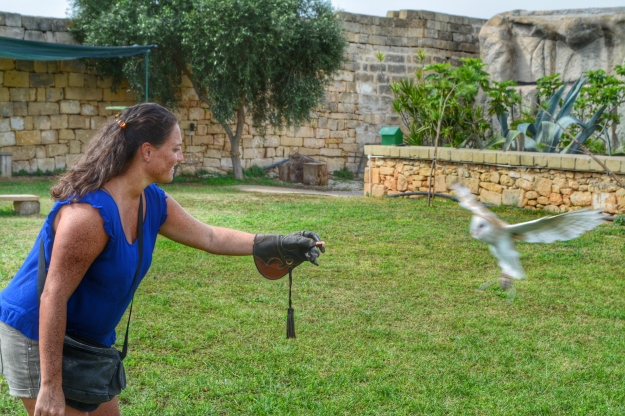
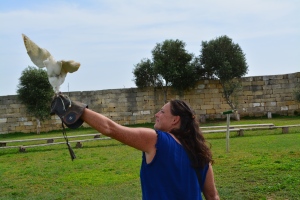
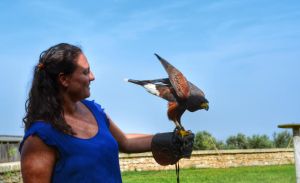
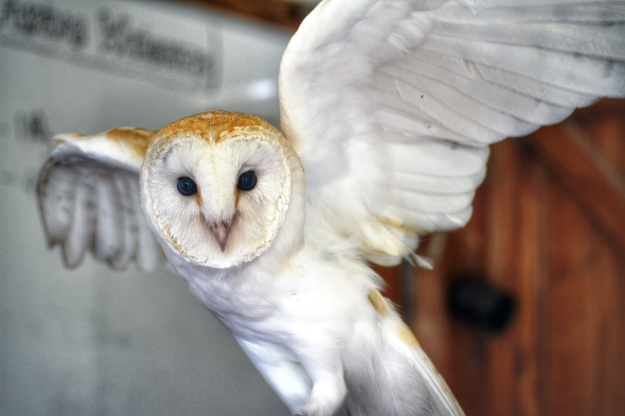
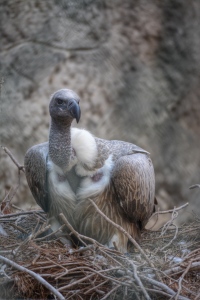
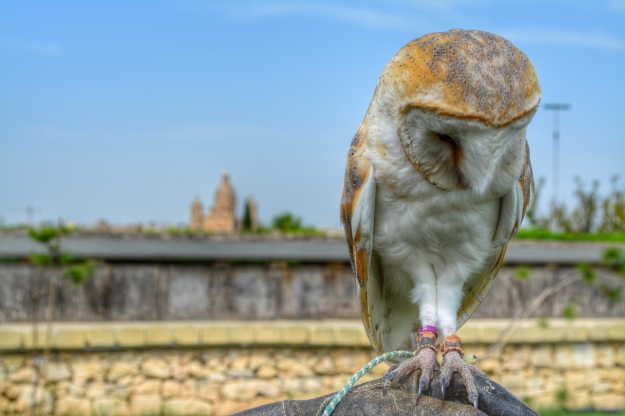



0 Comments
Crisey
What an exciting day! Your pictures of the owls are amazing!!